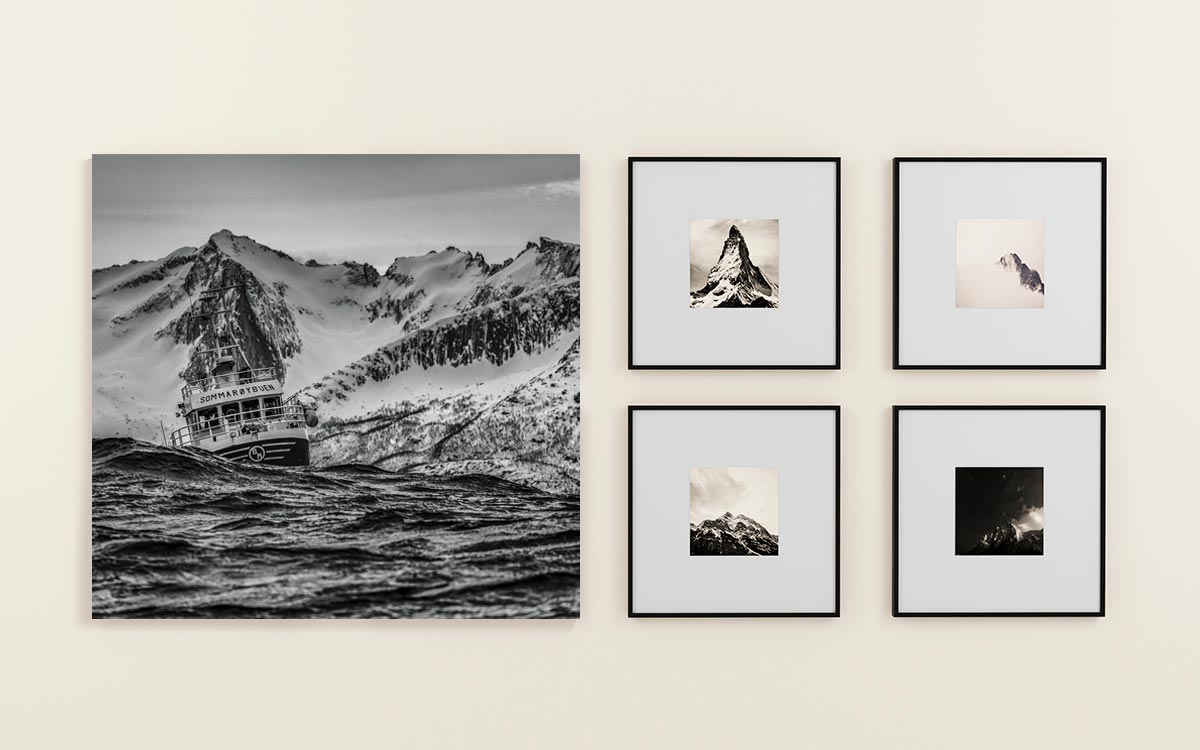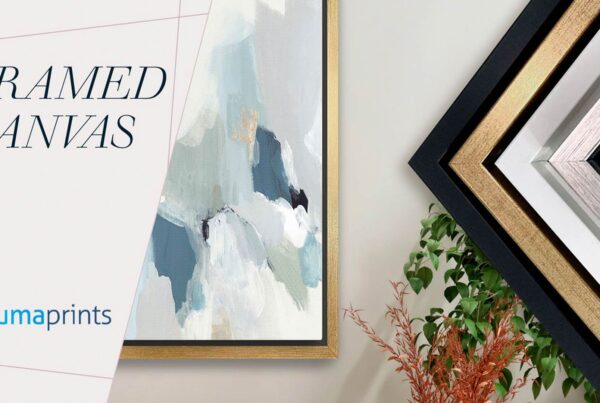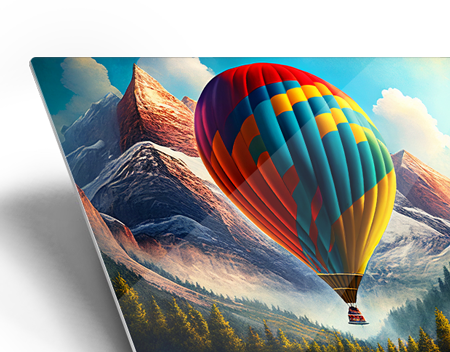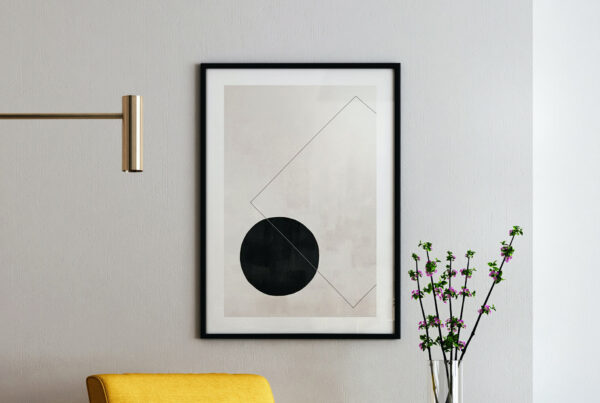Are you an interior designer looking to decorate a home? Perhaps you’re a photographer with special life moments you want to preserve in print? Or maybe you’re an artist wanting to showcase or offer your art for sale?
You have the perfect piece but a question you might have in mind is, on which medium do you print it?
The choices available to you nowadays are limitless, and sometimes it can be overwhelming to choose a good option. If you feel overwhelmed by all the possibilities, this article is especially for you!
While various materials are used in printing, we will focus on the two print media that currently dominate the industry: canvas and fine art paper.
What is a canvas print?

A canvas print is an image printed on plain-woven fabric that is often stretched or rolled. Stretched canvas is the canvas material stretched over a wooden frame (also known as stretcher bars) and is ready-to-hang; it’s great for an instant gallery-style display. Rolled canvas, or unstretched canvas, is just the canvas itself without the stretcher bars – ideal for prints that don’t require stretching and framing just yet. You can do it yourself later on, but we highly recommend seeking help from a professional framer for best results.
Advantages:
-
No Glass Frames Needed
- Canvas prints do not need glass frames, which makes them lighter than glass-framed prints. Instead, they receive a coating to protect them from scratches or smudges, and can be displayed in any kind of lighting without glare or reflection. While canvas prints don’t require frames, you can still choose to display them in a frame of your choice. There are various styles available in the marketplace that can instantly change the overall look.
-
Budget-friendly
- Printing on canvas may be more expensive up front, but when you consider the cost of glass frames for fine art prints, canvas becomes more budget-friendly in the long run.
-
Timeless appeal
- Canvas print is a classic piece of art that can make any area look like a gallery. Its texture is one of its most appealing features offering a tactile sensation that adds dimension to an otherwise flat picture. The way light reflects off the canvas surface gives the print a rich depth in color and sophisticated feel.
-
Long-lasting
- Canvas is sturdy and durable, making it an ideal option for prints that will last over time. It isn’t as prone to yellowing, fading, creases, and damages as much as paper is, so you don’t need heavy glass frames to protect it.
Disadvantages:
-
Texture can be distracting
- While canvas print boasts a unique texture that can’t be found in other medium, it can also be its biggest drawback. Its texture can make it difficult to get crisp lines, so anything with fine details may not look its best on canvas. The texture may also get more distracting as the print gets too small or too large.
-
Vulnerabilities of fabric
- Because canvas is a fabric, it has the same vulnerabilities as other textiles. It is not water-resistant and can only stand up to limited levels of moisture. Therefore, it is not suitable for wet environments such as busy kitchens or little bathrooms with excessive moisture – which can result in warping and puckering. The fabric can also be damaged by rips and scrapes. It’s best to avoid putting it in high traffic areas.
What is a paper print?

A fine art paper print is an image printed on acid free paper using archival quality ink. This combination prevents the print from yellowing or fading and has a much longer lifespan than other types of paper. These materials are often used to produce “museum quality” prints.
Advantages:
-
Traditional medium
- Fine art paper prints are a versatile print medium because they are accessible to many and appeal to most people. Paper has been widely used for image reproduction since olden times and remains one of the best and most popular options, especially for photography.
-
Countless options for frames
- Frames are easily interchangeable, allowing you to choose different styles depending on the occasion, your room’s décor, or your personal taste. The best part about framed pictures is that they work well in any area of your home because you can easily change them out according to the mood of your space. And with paper prints, you can either change the print or the frame with ease.
-
Wide variety of paper options
- A variety of textures, surfaces, and weights are available depending on your work needs. The smooth and glossy papers are great for displaying the sharpness and elaborate details of photographs or artwork., while matte and textured papers add depth to photos and art piece without distracting from the image itself.
Disadvantages:
-
Glare and reflections from the frames
- In order to keep paper prints looking fresh and pristine, they are usually framed behind glass. However, the reflection and glare from the glass can be distracting when displayed.
-
Can become heavier – in cost and weight
- It can be pricey to frame paper prints. The cost increases with the style of frame and the size of the print. And if you choose to go with anti-glare and anti-UV properties, that will add to the price, too. A larger piece will require a bigger frame, which means more cost and more difficult to clean, store, and transport.
It’s good to remember that different types of art work best with different print media. Graphite sketches, for instance, are more appropriate for fine art paper than canvas. Artworks created on paper with pens, pastels, ink, watercolor, and pencil look better on fine art paper. Oil and acrylic paintings give a more realistic feel when reproduced/printed on canvas.
While they are both amazing, they each offer different benefits. One thing in common is that they both make beautiful artwork. Whenever you decide to buy, make sure to determine what’s significant to you. We hope this helps in learning about the differences between paper and canvas prints and assist you to choose the best product for your needs.





